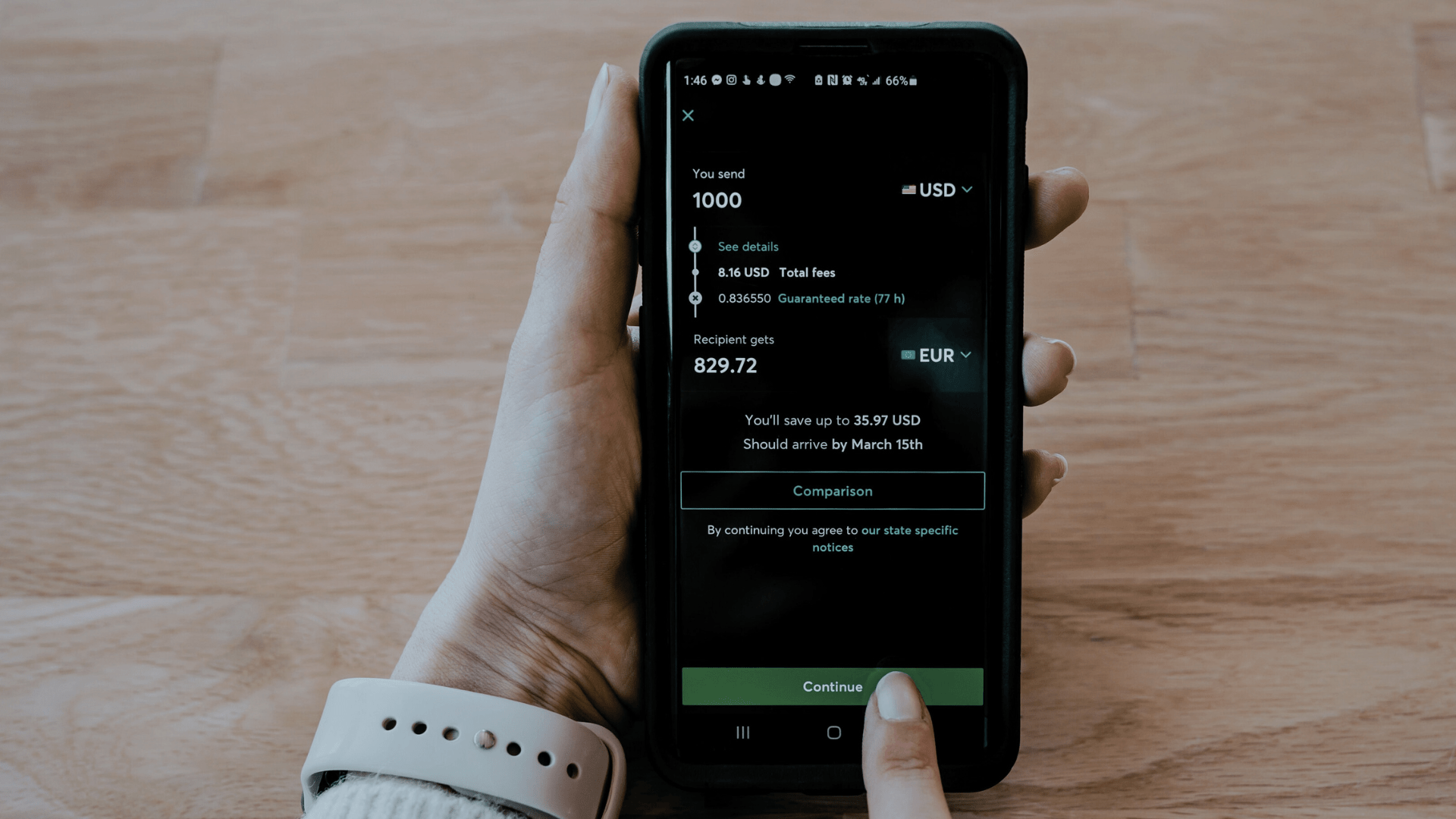Mobile banking has transformed the way we handle our accounts, offering unprecedented convenience and accessibility. Let us examine the growth of mobile banking, from its early days to its current status as a potent tool altering the financial services industry. We shall dive deeper into mobile banking and underline its significance in today’s digital world.
The Dawn of Mobile Banking
In the late 1990s, mobile banking made its first appearance, heralding the start of a transformative journey. Mobile banking was characterized by restricted capabilities and functionalities throughout this phase. It primarily allowed users to check their account balances and receive transaction-related SMS notifications. While these early solutions may appear simple in comparison to today’s mobile banking capabilities, they laid the groundwork for a seismic shift in the financial industry.
The concept of mobile banking was still in its infancy at this point, with a small user base and low uptake. However, it was a big step toward the future of digital banking. The proliferation of mobile devices and the arrival of wireless internet were critical in enabling this original iteration of mobile banking.
Despite its limitations, the introduction of mobile banking constituted a significant shift in how people engaged with their finances. It gave a peek at the possibilities for completing financial transactions and obtaining account information simply, at any time and from any location. As technology advanced, mobile banking underwent a dramatic metamorphosis, setting the way for Mobile Banking 2.0 and the ensuing developments that would reshape the financial services industry.
Expanding Functionality: Mobile Banking 2.0
With the rise of smartphones and enhanced mobile internet access, mobile banking evolved swiftly into what we now call Mobile Banking 2.0. This stage was an important turning point in the growth of mobile banking, ushering in an array of new features and functionalities that transformed the way we interacted with our financial accounts.
Financial institutions and banks recognized the immense potential of mobile devices as a platform for offering banking services during the Mobile Banking 2.0 period. They began actively investing in mobile app development, to provide consumers with effortless and intuitive experiences while managing their funds on the go.
Mobile Banking 2.0 included an abundance of new features that enhanced mobile banking’s capability beyond simple account management. Mobile banking has become a vital tool for those seeking convenience, speed, and control over their financial affairs, with features such as fund transfers, bill payments, mobile wallets, and extensive account management capabilities. This stage created the groundwork for future innovation and paved the way for the following steps in the growth of mobile banking.
The Future of Mobile Banking
Going forward, the growth of mobile banking shows no signs of slowing down. The future of mobile banking holds exciting possibilities that will continue to reshape the banking landscape and revolutionize the way we manage our finances. In this section, we explore some of the upcoming innovations and technologies that will shape the future of mobile banking.
Augmented Reality (AR) and Virtual Reality (VR) interfaces:
AR and VR technologies have the potential to transform the mobile banking experience by creating interactive and immersive interfaces. Users can visualize their financial data in three dimensions, explore virtual branches, or even participate in financial simulations. These technologies provide a more engaging and intuitive way to interact with financial information and services.
Transactions controlled by voice:
Speech recognition technology has gained popularity in various consumer applications. In the future, we can expect voice-enabled transactions to become an important feature of mobile banking. Users will be able to initiate transfers, make payments, or access account information via voice commands, providing a seamless and hands-free banking experience.
Integration with Blockchain technology:
Blockchain technology has the potential to revolutionize the security and efficiency of financial transactions. Mobile banking applications can leverage blockchain to provide secure and seamless transactions, faster payments, and improved cross-border payments. The integration of blockchain technology will build trust, reduce costs, and enable new financial services in the mobile banking ecosystem.
Internet of Things (IoT) Integration:
IoT connects disparate devices and objects, allowing them to communicate and share data. Mobile banking can leverage IoT integration to provide a range of innovative services. For example, users can receive real-time notifications on their smartwatches about account activities, use connected devices for biometric authentication, or even track and manage their finances through the smart home system. IoT integration will further streamline the mobile banking experience and expand its capabilities.
Advanced security measures:
As mobile banking grows, so do the threats associated with it. Future mobile banking applications will implement even stronger security measures. Advanced encryption algorithms, enhanced biometric authentication, and behavioral biometrics will provide enhanced security against fraud attempts and unauthorized access. Continuous advancements in cybersecurity will ensure the safety of users’ information and financial transactions.
Custom Artificial Intelligence (AI) Experience:
Artificial intelligence will continue to play an important role in mobile banking, delivering highly personalized experiences. AI algorithms will analyze user data, financial patterns, and preferences to provide tailored financial advice, personalized product recommendations, and personalized savings or investment plans. These personalized AI experiences will provide users with valuable insights and help them achieve their financial goals more efficiently.
In short, the future of mobile banking is full of exciting possibilities. Augmented reality, voice-activated transactions, blockchain integration, IoT connectivity, enhanced security measures, and personalized AI experiences are just a glimpse of what’s to come. As technology advances and customer expectations evolve, mobile banking will continue to redefine the way we manage our finances, making it more convenient, secure, and tailored to your needs. individual. The future of mobile banking is poised to shape a new era of financial services, improving accessibility and revolutionizing the relationship between people and their money.
Also Read: Finance Services with AI Assistance: Empowering Efficiency and Innovation
Key Takeaways
Mobile banking’s functionality has grown throughout its development, now including functions like fund transfers, bill payments, mobile wallets, and thorough account management. It has evolved into a practical and effective way for us to access and manage our financial accounts, giving us more flexibility and freeing up important time.
The trust in mobile banking has been boosted by improved security measures like biometric authentication, encryption technologies, and secure communication protocols. Now that risks have been reduced and assets have been protected, users can rest easy knowing that their financial data and transactions are well protected.
Prospects for mobile banking are extremely promising. The next wave of mobile banking innovation will be shaped by augmented reality and virtual reality interfaces, voice-activated transactions, blockchain integration, IoT connectivity, and improved security measures. These developments will keep redefining the banking experience and increase user accessibility, security, and convenience on a global scale.
In conclusion, there are many intriguing possibilities for mobile banking in the future. A preview of what’s to come includes augmented reality, voice-activated transactions, blockchain integration, IoT connectivity, improved security measures, and customized AI experiences. Mobile banking will keep redefining how we manage our finances, making it more convenient, secure, and suited to your needs as technology develops and customer expectations change. individual. A new era of financial services will be shaped by mobile banking in the future, which will increase accessibility and transform how people interact with their money.







